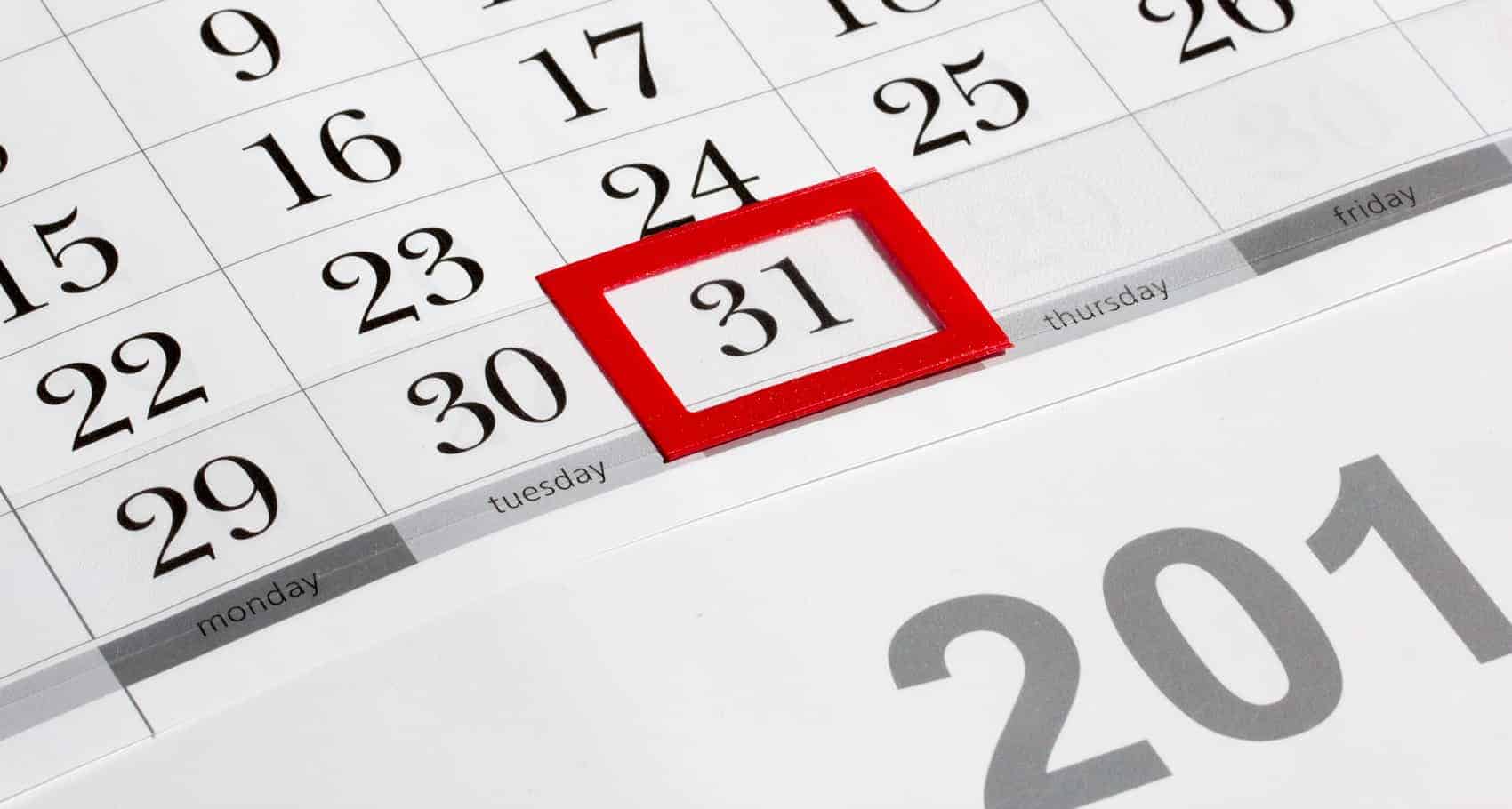
There are certain aspects of the calendar that I really appreciate, and the end of the month is one of them. Even more so than the end of the calendar year (which – as I’ve written about – doesn’t hold as much significance for me), the end of the month is a time where I can get set for the next 30 or so days while looking back at the 30 days prior.
I start and end my days the same way and over the past few months, I’ve done the same with a calendar month. By doing so, I’ve found that I get a solid reset and recharge every 30 days – something that has definitely boosted my overall productivity. I’ve been able to scale my plans up, map my days better, and align myself with my monthly and daily themes a lot better since starting to end my months in a similar fashion. Essentially, by ending my current month right I start my next month off right as well.
Here’s how I do it.
1. Connect with the past
I don’t do a weekly review and haven’t for some time. Instead, I conduct semi-monthly reviews. I set aside an hour on the 15th and 30th of every month (except for February, which gets the semi-monthly review treatment on the 15th and 28th) and take a look at what the previous two weeks or so have presented to me. Because I keep a daily journal reading what I wrote upwards of two weeks’ prior allows me to reconnect with what I’ve done and what I had set out to do.
2. Calibrate
Looking back at my journal entries really allows me to align everything again as the month comes to a close. I can calibrate myself so that I have the ability to move forward with fewer questions and more resolve. This part of the process involves deliberate postponement of certain actions (which is easy to do in Todoist if you run the pointer/cursor over the small calendar that comes up when you are in the date field of a task), reviewing the various modes I use to tackle my work so that I can see what ones are working, what ones need to be improved upon through clarification (or outright dropping them), and aligning all of my actions with my daily themes as much as possible.
3. Choose the course
At this point, I’m looking ahead to the Monthly Theme for next month and further defining what path I want to take to give that theme the attention it deserves. Choosing the course involves being very intentional. I am plotting a course of action and using my daily themes and mode-based working process to make measured progress on what I really want to make happen in the month ahead. I eliminate a lot of things to do this, which is now easier to do because I’ve spent the time looking back and then course correcting in the steps before choosing the way forward. My wheels are seasoned from the past miles they’ve traveled, better aligned thanks to the calibration they’ve undergone, and are now greased and primed for the road ahead.
If you fail to review regularly, then I encourage you to try this kind of end of month process to help you move forward with more precision, focus, and resolve in the months ahead. Taking just one hour to connect with the past, calibrate accordingly, and choose your course on the 30th of every month can help you go a long way.

